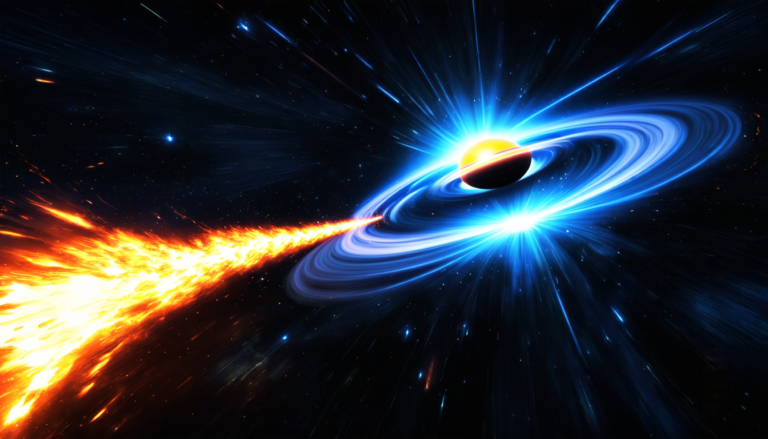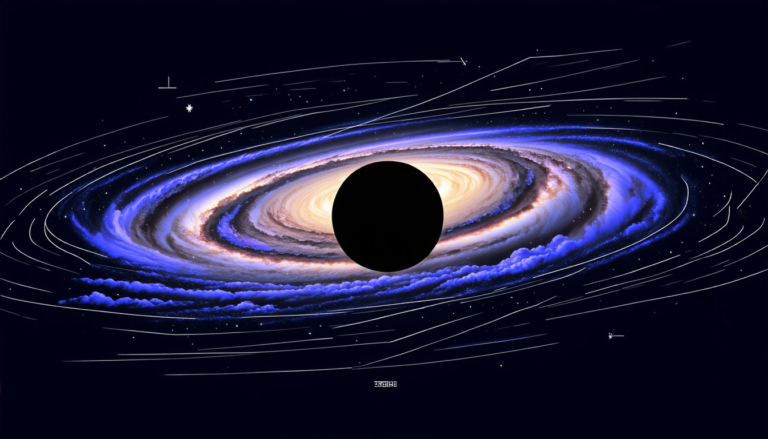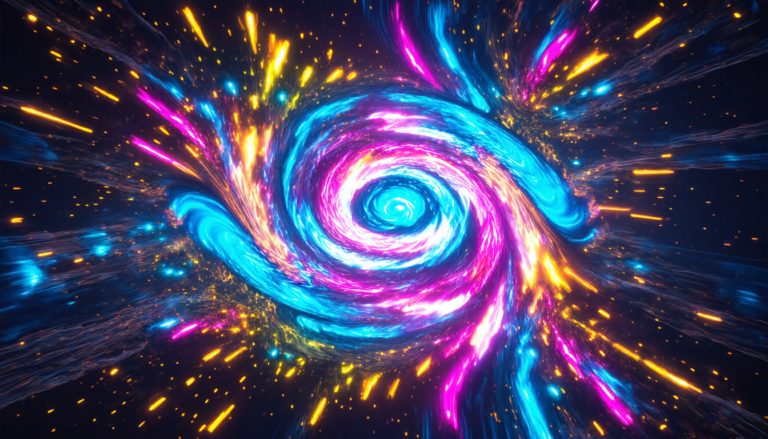Saturday 27 September 2025
Scientists have been trying to uncover the mysteries of dark matter for decades, and a new study has shed some light on its possible presence in the center of our galaxy. Using data from the High-Altitude Water Cherenkov (HAWC) detector, researchers have searched for signs of dark matter annihilation in the galactic center.
Dark matter is a type of matter that doesn’t interact with light, making it invisible to our telescopes. It’s thought to make up about 27% of the universe, but we know very little about its properties or behavior. One way scientists think they can detect dark matter is by looking for signs of annihilation, where particles of dark matter collide and release a burst of energy.
The HAWC detector is located in Mexico and uses a tank of water to detect high-energy particles that come from space. The detector is sensitive to gamma rays, which are bursts of energy that can be produced when dark matter annihilates. By analyzing the data collected by HAWC, researchers were able to set limits on how often dark matter could be annihilating in the galactic center.
The study used three different density profiles to model the distribution of dark matter in the galaxy, and found that the limits on annihilation rates varied depending on the profile used. The most stringent limits were obtained using a density profile known as the NFW (Navarro-Frenk-White) profile, which is commonly used to describe the distribution of dark matter in galaxies.
The results of the study are significant because they set limits on the rate at which dark matter could be annihilating in the galactic center. This helps scientists rule out certain models of dark matter and narrow down the range of possible properties it could have. The study also highlights the importance of continued observations with HAWC and other detectors to further constrain our understanding of dark matter.
One of the most interesting aspects of this study is that it provides insight into the properties of dark matter itself. By setting limits on annihilation rates, scientists can learn more about the mass and interaction strength of dark matter particles. This information could be used to develop new models of dark matter that are better able to explain its observed effects on the universe.
The search for dark matter is an active area of research, with scientists using a variety of methods to detect it.
Cite this article: “Shedding Light on Dark Matter’s Galactic Center Presence”, The Science Archive, 2025.
Dark Matter, Galaxy Center, Hawc Detector, Annihilation, Gamma Rays, High-Energy Particles, Density Profile, Navarro-Frenk-White Profile, Particle Properties, Cosmology







